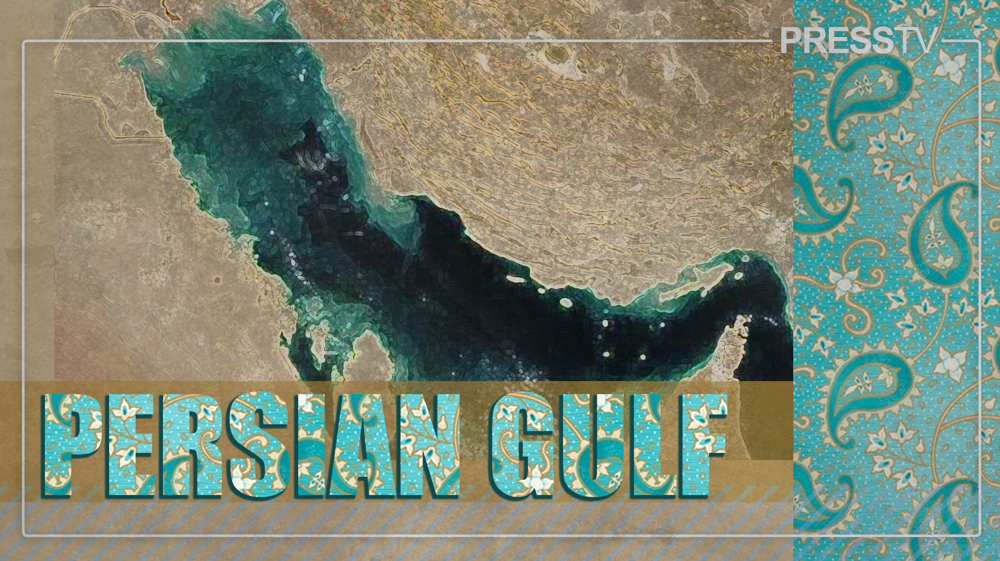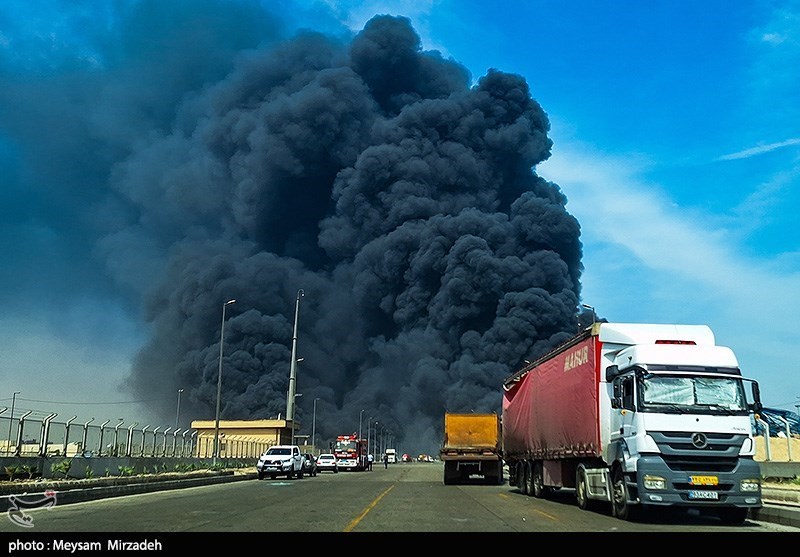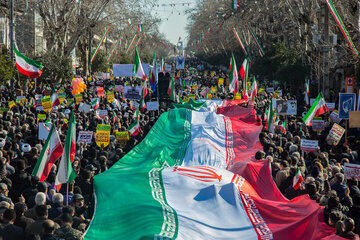Alwaght- The drop in the price of oil as a result of increased supply and lower demand since mid-2014 has brought forth remarkable economic interests for China. At the same time, the falling oil prices have pushed China to buy huge amounts of cheap oil, stuffing its strategic oil reserves.
While China has notably intensified presence in the global energy markets and its oli demand has seen a %60 boom from 2003 to 2013, this rate moved contrariwise for the United States, as the country ceased to be the world's largest oil importer.
The happenings in oil market to a great extent are related to the shift in international energy outlook which took place since 2008 and when the US began to produce shale oil and gas. This new way has made the US to turn out as one of the world's biggest oil and gas producers.
The decrease in US demand for oil imports has sparked a competitive atmosphere among the oil producers, consequently leading in a sharp fall in the crude oil prices. These developments collectively have brought Beijing two essential privileges. First, access to cheap oil resources and second, boosting ties with West Asian oil and gas producers.
The privileges have enabled China to quickly and economically meet its major energy priorities. The drop of oil prices has caused China oil imports in April 2015 to touch 7.4 million barrels per day, showing a %8.6 growth in comparison to the year before. With this large rate of oil imports, Beijing has managed to add 100,000,000 barrels in 2014 and the same amount in 2015 to its strategic oil reserves. Thereby, China within two years has met nearly half of the strategic target to reserve 500,000,000 oil barrels up to 2020.
The new situation also led into diversification of China's sources of oil imports, in a way that the country in addition to Saudi Arabia, which was the largest oil supplier of Beijing, has increased its oil purchases from such other West Asian oil producers as Iraq and Iran.
Despite all of the privileges, China's deep dependence on oil imports from West Asia has always been present for the Chinese senior officials as a source of vulnerability, as the permanent instabilities in Persian Gulf region, which accounts for half of China oil imports, have sent China, to avoid being fully relying to West Asia's oil, sign in May 2014 a $30 billion deal to buy the Russian gas through Siberia gap pipeline, consequently diversifying further its oil imports options. On the other hand, the presence of a considerable numbers of Chinese fighters among the ISIS terrorist militants is one of other reasons making China concerned. As the Western countries are worried about outlook of return of the ISIS militants to their home countries in Europe, the Chinese officials are, too, concerned about return of the extremists to Xingiang region, from where possibly they would subsequently export terrorism to the country's other parts.
With the present concerns, the decrease in US need for oil importing from West Asia region, and on the opposite side, Chinese heavy dependence on the region's oil have convinced China to intervene further in West Asia. Additionally, the new president's ambitious foreign policy plans have prepared the ground for deeper commercial and diplomatic ties between China and West Asian countries. On the other hand, the Persian Gulf region's oil producers are increasingly seeking to beef up oil exports, as they want to absorb more foreign investments especially Chinese geopolitical and economic presence in their region. Also, the increase in the region officials' visits to Beijing indicates that they seek a greater Chinese involvement in the West Asia's diplomatic and strategic developments.
Accordingly, China has set to deepen its commercial relations with West Asia through creating new investment opportunities for its companies. In the Arab leaders and Chinese officials joint summit in Beijing in June 2014, there was an emphasis on boosting of China's financial investments in the Arab countries from $10 billion in 2013 to $60 billion in next decades, which could expand to include bilateral and multilateral cooperation in fields of nuclear energy, aviation, and the new energies.
The outlook would be implemented based on the Chinese economic strategy, dubbed " one belt one road", which eyes reviving the Silk Road economic belt in the 21st century. The plan paves the way for further entrance of Chinese companies in West Asia. Meanwhile, while many of the experts link maintaining and enhancing China's sway in West Asia region to taking bigger security and military roles in the region, Beijing is not that willing to bolster military presence in the region due to a variety of reasons which include avoiding possible conflicts with the US in the region and focusing on security matters of closer geographical territories.
Conclusion
The initial signs of change of China's attitude to West Asia region are noticeable through watching the growing global oil markets' volatilities and the Chinese new government's more dynamic foreign policy, as the country's attempts to deepen diplomatic ties with Persian Gulf Arab countries and seeking to boost commercial cooperation with (Pesian) Gulf Cooperation Council's members are proving the change in approach. However, a more tangible military- security presence in the region remain off the Beijing officials' circle of priorities, because their major concentrations keep to be on closer regions including southern and eastern China seas disputes and the potential instabilities in West Asia, specifically in Afghanistan.


























